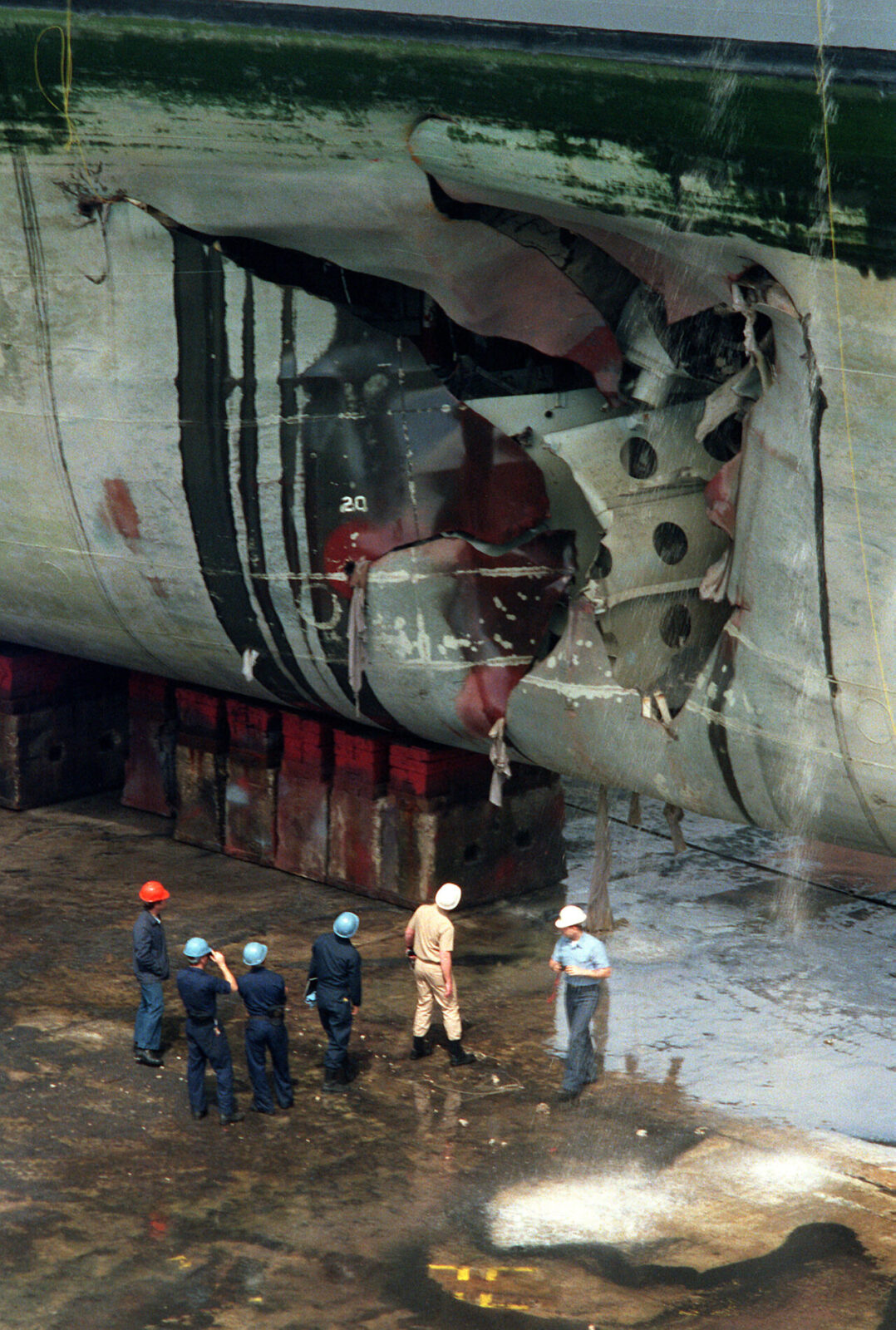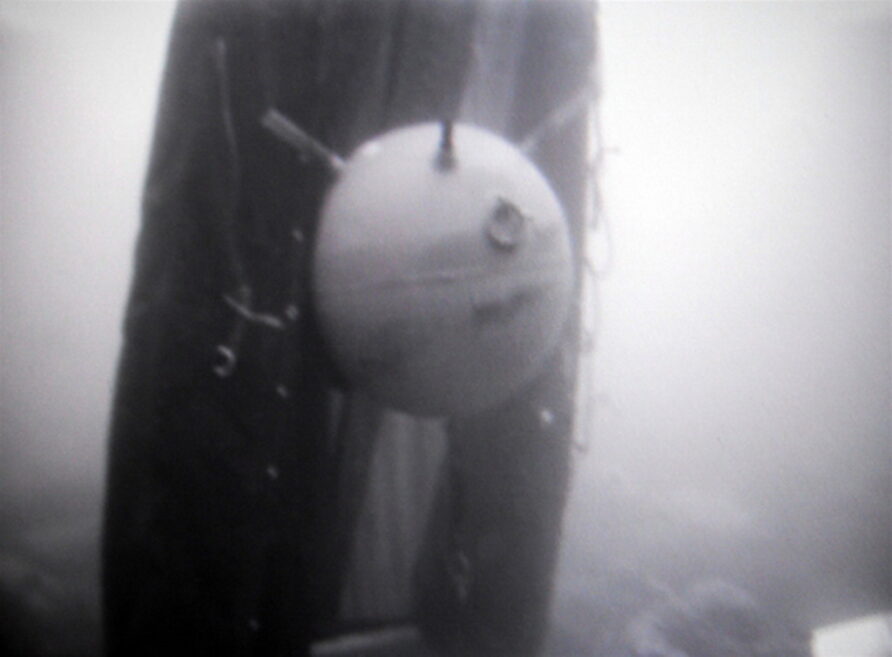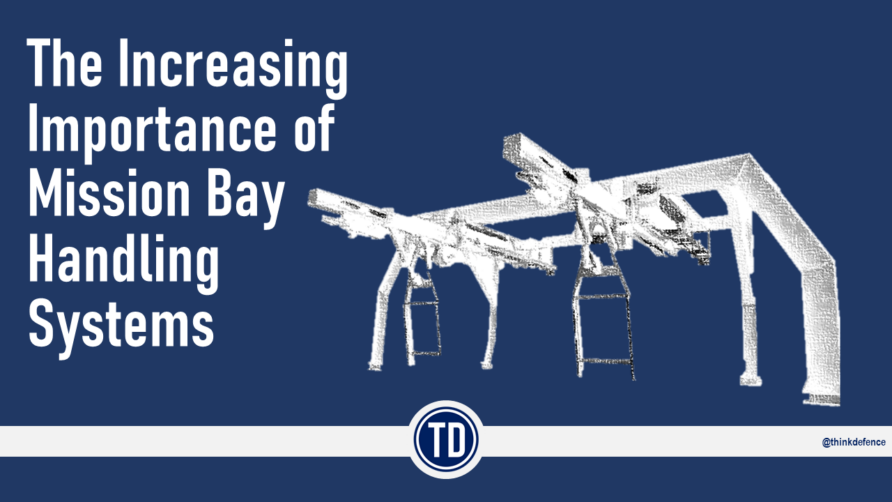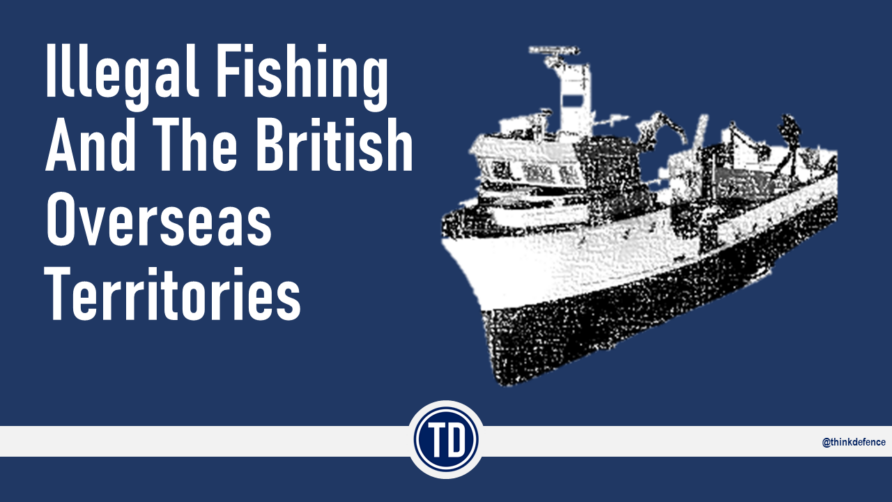Mines can be incredibly effective weapons. Not only can they destroy shipping, they can deny large areas of sea to all traffic, choke off ports, restrict the flow of traded goods, and generally have impacts wholly disproportionate to their cost. A cost which is usually measured in peanuts.
In 1991, for example, an Italian-made Manta mine laid by Iraqi forces that cost the princely sum of $25,000, put a billion-dollar US Navy Aegis destroyer, the USS Princeton, out of action. On the same day, the USS Tripoli was very nearly sunk by another. In Iraq, the delay caused by mines to make Umm Qasr operable was considerable.

Whether the objective is to clear mines for safe passage of ships offshore or supporting a port opening or amphibious operation, the equipment used is likely to be the same.
In a maritime context, all ships will be vulnerable, and so the distinction between what might be termed combat breaching and assured clearance is rather academic. Some higher levels of risk may be tolerated (San Carlos in 1982 for example) but in general, cleared safe lanes with a high level of confidence will be the main requirement.
The Royal Navy has traditionally placed a high value on its MCM capabilities, it is rightly considered as one of the leading organisations in the field, if not the leader. It is also easy to forget that the Royal Navy has maintained a permanent MCM presence in the Gulf, with an RFA LSD(A) ship operating in a ‘mothership’ or MCM Command role for quite some time. They do their work with little fanfare or recognition.
Minesweepers are an enduring image of the battle against mines but the last combined influence sweep system deployment was in 2005, the MCDOA provides a great look at this, click here to view. The Mine Warfare and Clearance Diving Officers’ Association has a wealth of great information about the subject in general, and you can lose many hours on their great website. There is also a great deal of expertise in mine countermeasures in other European naval forces, the legacy of two major conflicts means that even today, sea mines in European waters remain a very real threat to shipping and sailors.
Read more (affiliate link)

Mine Countermeasures off the Coast of Libya
Prelude
Standing NATO Mine Countermeasures Group 1 (SNMCMG1), formerly known as Mine Countermeasures Force Northern Europe (MCMFORNORTH), and before that, as Standing Naval Force Channel (STANAVFORCHAN) was formed in Ostend on 11th May 1973. It is one of two standing mine countermeasures forces maintained by NATO. The area of operations includes the waters of Europe from the North of Norway to the Mediterranean and from the Irish Sea to the Eastern Baltic Sea, although it has also operated beyond these boundaries.
As with most NATO forces, operational command rotates through the contributors to the force, these being Belgium, Germany, Netherlands, Norway, and United Kingdom (providing ships continuously) and Denmark, Poland, Estonia, Latvia, and Lithuania as other commitments permit.
On the 4th of February 2011, Dutch Commander Herman W. Lammers took command of SNMCMG 1 from the Polish Navy. In March 2011, HMS Brocklesby joined the rest of SNMCMG1 (ships from the Netherlands, Germany, Belgium, and Poland) for Exercise Noble Mariner around the Straits of Gibraltar. Noble Mariner involved 20 warships from 11 different NATO countries and was designed to test a task group sent to keep sea lines of communication free in disputed waters. HMS Brocklesby identified and recovered five dummy mines in her area of operations, which was the most recovered by any ship in SNMCMG1 during this exercise, MCM is an RN speciality!
SNMCMG 1 consisted of the following units; ORP Kontradmiral X Czernicki (Flagship — Poland), HMS Brocklesby (UK), BNS Narcis (Belgium), FGS Datteln (Germany) and HNLMS Haarlem (The Netherlands).
Upon conclusion of Noble Mariner, the next task for SNMCMG1 was Operation Active Endeavour
On April 21st 2011, SNMCMG 1 entered the Port of Alicante, marking the end of its participation in NATO’s anti-terrorist Operation Active Endeavour for ORP Czernicki and FGS Datteln. The duty period had begun five weeks earlier when SNMCMG1 left the port of Malaga, on March 14th for the Central Mediterranean, sailing along the North African coast and contributing to OAE by compiling a patterns-of-life picture. Following a period in mid-March establishing Maritime Situational Awareness in the Central Mediterranean, the initial strength of SNMCMG1 was changed as the nations decided to transfer Hr. Ms Haarlem, HMS Brocklesby and BNS Narcis to participate in Operation Unified Protector.
However, NATO decided that SNMCMG1 would continue to participate in the important OAE mission, so on 31st March, FGS Datteln and ORP Czernicki, resumed Operation Active Endeavour along the North African coast. Apart from a maintenance visit to the Port of Palermo, SNMCMG1 dedicated the rest of its assigned time to OAE surveillance operations and patrolling the maritime approaches to North Africa. The two ships also carried out extensive training programmes at every opportunity.
Misrata
On April 29th, a French frigate spotted four small boats laying mines in the approach to the port of Misrata, at that point, the key to humanitarian aid flows, using a crude system of inflatable boats. HMS Brocklesby detected and destroyed one of the mines (a derivative of the Soviet-era PDY-3M) with a Seafox, shown below.

The MoD press release described the operation;
Using her sonar and underwater mine disposal system, Seafox, HMS Brocklesby successfully located and destroyed a buoyant mine just one mile (1.6km) from the entrance to the harbour.The mine, containing more than 100 kilogrammes of high explosives, had been crudely placed by pro-Gaddafi forces using an inflatable dinghy to transport it out to sea.
Lieutenant Commander James Byron, Commanding Officer of HMS Brocklesby, said;
In helping to keep the port of Misrata open we are ensuring the continued flow of essential medical assistance and allowing the evacuation of innocent civilians from the country. This is exactly the kind of operation my crew have trained for: dealing with live mines posing a threat to legitimate shipping within sight and range of shore bombardment. My team have handled themselves superbly in the execution of this mission reacting stoutly to the very real threat posed by rockets and artillery ashore.
The video below shows the sequence and destruction of the mine.
The operation was carried out less than a couple of miles from the coast and under constant threat of enemy fire.
Of the four mines, three were destroyed, and it was assumed the fourth washed up onshore.
On Friday 29th May, the Dutch Ministry of Defence announced that HNLMS Haarlem was commencing mine countermeasures in the waters off Misrata;
As of today, HNLMS Haarlem will start searching for mines in the waters off the coast of Libya. Any detected mines will be destroyed by the Dutch minehunter. The deployment takes place at the request of NATO. On Friday 29 April, a number of sea mines were discovered in the approach to Misrata by a French frigate, causing humanitarian shipping to be obstructed.
Two of these mines have been cleared in the meantime. The search for the exact location of the third mine that was observed is still under way. HNLMS Haarlem will join the search for this explosive device as soon as an order to this effect has been issued by the Commander of the NATO mission.
Although HNLMS Haarlem is only now joining the sea-mine detection and clearing effort, it had been in the area for some time. The Dutch government decided on 22 March that the Netherlands would participate in the NATO enforcement of the UN arms embargo against Libya. The minehunter has been deployed in this operation, which is called Unified Protector, since 28 March. HNLMS Haarlem will hunt for mines by mapping the area with the aid of hull-mounted sonar.
When a mine is detected, it can be detonated by the Seafox Combat, a remote-controlled mine-destruction charge. Minehunters of the Royal Netherlands Navy can be deployed worldwide for the detection and destruction of explosive devices which obstruct the safe passage of shipping.
In addition, they are frequently called upon to clear explosives from the First and Second World Wars.
On the 9th of June, the Royal Navy deployed HMS Bangor to Libya, to relieve HMS Brocklesby.
HMS Bangor’s Commanding Officer, Lieutenant Commander Neil Marriott, said;
Due to recent events in the Mediterranean, in particular around the coast of Libya, the UK has been requested by NATO to keep one mine countermeasures vessel on station in this area, we have been working long and hard in preparation for operational deployment and are proud to be playing an important role helping to enforce UN Security Council Resolution 1973.
This three-part documentary on HMS Brocklesby released in 2011 provides a good overview, it is not allowed to be embedded so click here to start

